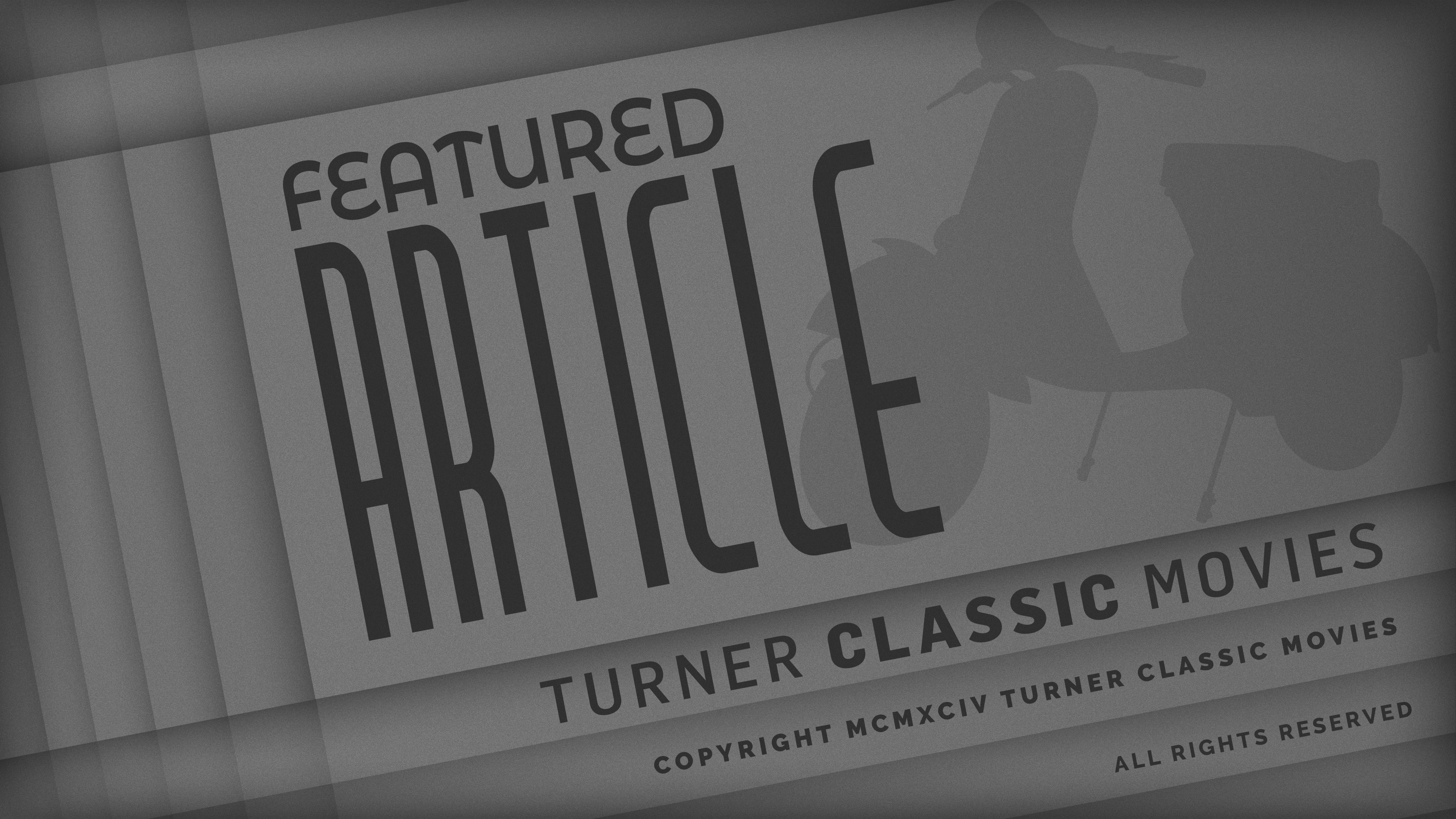John Hubley (1914-1977) began his career at Disney in 1935, moving up from painting backgrounds and layouts to a position as art director on the "Rite of Spring" segment of Fantasia (1940), Pinocchio (1940), Dumbo (1941), and Bambi (1942). During a strike against the studio in 1941, Hubley left for UPA, where he created the Oscar-winning character Mr. Magoo. Blacklisted in 1952, Hubley founded his own company, Storyboard Studios, creating popular television commercials, such as the famous "I want my Maypo!" ad of the 1950s. His main interest, however, was expanding his experimental animation style to create socially conscious films dealing with nuclear war, agnosticism, and social justice, set to the sounds of the leading jazz musicians of the day and focusing on the lives of marginalized populations.
He was greatly aided in this endeavor by his wife, Faith (1924-2001), whom he married in 1955. Together they created a series of remarkable animated shorts that won numerous awards, including three Oscars; another prize at Annecy, one of the world's most prominent animation festivals; and the Jury Prize at the 1978 Cannes Film Festival for A Doonesbury Special (1977), completed by Faith and Doonesbury creator Garry Trudeau after Hubley's death during open-heart surgery. Faith Hubley continued producing abstract animated shorts after his death and for 26 years after her 1975 diagnosis with terminal breast cancer.
The film is narrated by Shapley himself. It features the voices of two of the Hubley children, as several of their works (including the Maypo commercial) did. Mark Hubley went into animation work as well, as did his two sisters, Georgia and Emily. Ray Hubley, the other voice in this picture, has worked steadily as a film editor since 1990.
The 53-minute film was first screened at MIT immediately after its completion, but the public premiere was not until April 1964 at New York's Beekman Theater. It was shown there with a collection of some of the Hubleys' work including the pioneering cartoon produced by John Hubley at UPA,
Director: John Hubley
Producers: Faith Hubley, John Hubley
Screenplay: Faith Hubley, John Hubley, based on the book by Harlow Shapley
Cinematography: Jack Buehre
Editing: Faith Hubley
Cast: Harlow Shapley (Narrator), Mark Hubley, Ray Hubley (Voices)
By Rob Nixon
















